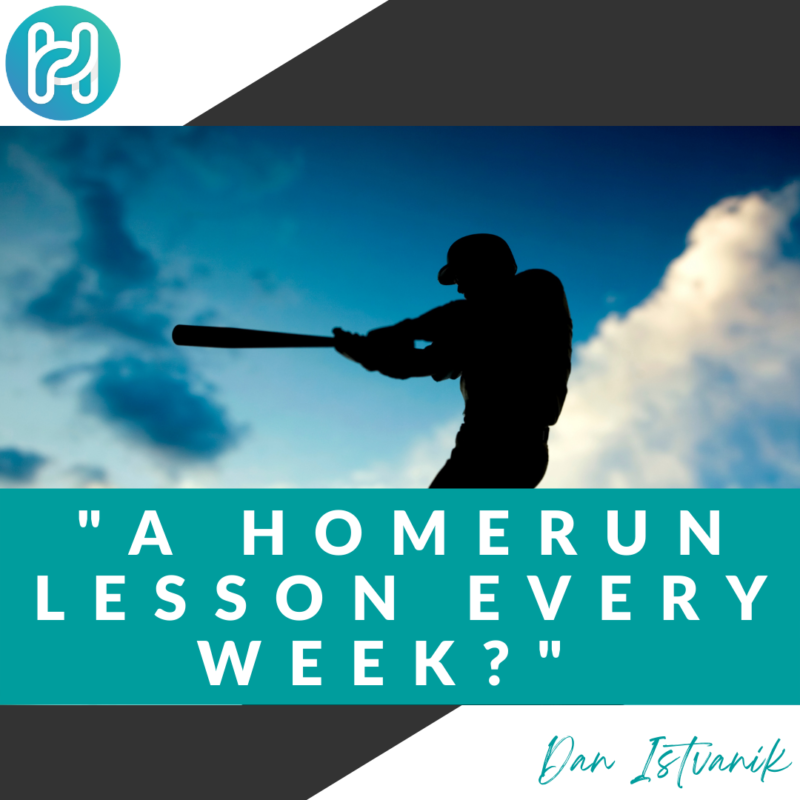Youth Ministry Hints
A “Home Run” Lesson Every Week?
A “Home Run” Lesson Every Week?
The conversation would be similar each week as I would walk through the plan for that night, and it would always end the same before I left the office. I would be asked about my lesson. Each time I would hear the same thing…
“Is it a home run, a triple, a double, or a single? We expected a home run every time you step in front of those kids!”
You may not have someone sitting you down each week demanding a “home run”, but many of us have that unrealistic expectation for our teaching. Even the best baseball player does not hit a home run every time at the plate or even every game. Great baseball players know how to hold back sometimes, aim for a certain spot, and read the coach’s signs.
Holding Back
In the “go big or go home” mindset of popular pastors and teachers, holding back seems like we are cheating those who are listening. There are, however, times that we need to hold back on our content, topic, and even approach. Often being willing to split our content into two teaching time in order to more thoroughly teach on a topic
It is not that we are not giving our best or not seeking excellence. It is learning to know when, how, and how hard we need to go given three very important things: mood, moment, and momentum.
Aiming
We know the story of Babe Ruth or some other player pointing for a spot in the stands where they were planning on hitting the ball.
Like a skilled player, we need to learn to aim but it is not always to the fences. Ken Davis, a popular Christian comedian, and speaker, in his speaker training years ago, talked about “a rifle or a shotgun” when we speak. Often we as speakers go in swinging, at everything and anything. We want to hit all the big points, in big ways.
Instead of swinging hard at everything, plan one main point strategically aimed at a spot that your students need to hear. Look for one place, one point, and one problem that your lesson needs to hit well.
Reading the Signs
Like great baseball players, great speakers know how to read the signs from the sidelines. Know what our volunteers, leadership team, and even parents are hearing from students. Take time to study not just the text and our outline but the students we are speaking to.
Spend time with students to know who they are and what they are going through so that we are speaking to them not at them when we do step up to speak. In learning to read our student’s and leader’s signs we will also be prepared to hit a home run when the time is right.
Learn to read when the heads, hearts, and hands of our students are ready for the big grand slam lessons.




